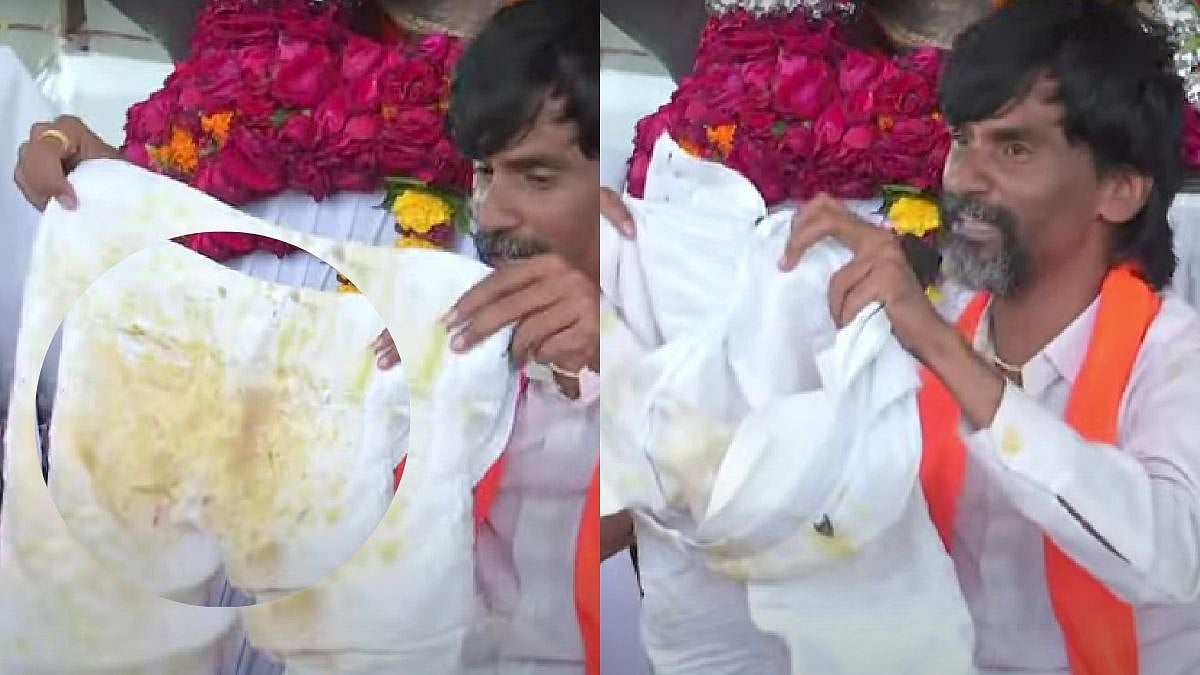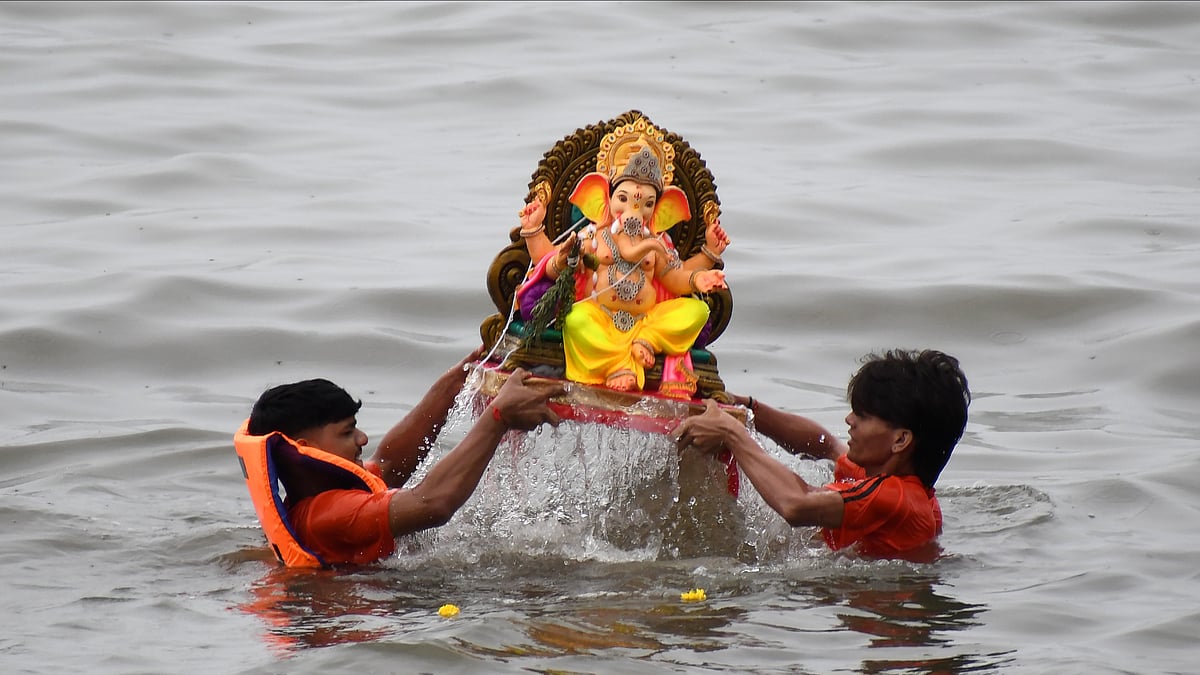The numbers of leprosy cases in Mumbai have increased and the eleven Mumbai wards that had fewer confirmed leprosy cases between April and September 2019, now have more than 50 percent of the city's overall leprosy cases this year compared to the same time period.
Worryingly, the proportion of advanced multibacillary leprosy has increased in the new detection. This has been linked by authorities to the pandemic's missed detection from the previous two years.
As per the data, 160 of a total of 282 cases have been recorded from E ward (Byculla, Mazgaon), F-North (Sion, Wadala), F-South (Parel, Sewree), G-North(Matunga, Dharavi), G-South (WOrli, Lower PArel), H-East (Kalina, MHB Colony, HW (Bandra West, Santacruz West), K-E (Andheri, Jogeshwari) and K-W (Versova, Juhu) compared to 116 of a total of 232 cases recorded in the same ward in 2019.
Director of the Bombay Leprosy Project, Dr Vivek V Pai, which has been working towards taking treatment to leprosy patients for the past 46 years, said there is a need for thorough analysis of rising leprosy cases in Mumbai and Maharashtra.
During the special drive, many cases that were hidden have come to light, and there are many more such cases in the city. Currently, over 200 leprosy patients are undergoing treatment at Acworth Leprosy Hospital in Wadala.
"Most of the cases are from K east, W and M west, as these were the hotspots earlier and they have most of the incoming migrants. We need to analyse the origin, duration of cases, and bifurcation of migrants, locals, and relatives' population, which will give an idea of the spectrum of the cases. Moreover, we are contacting all the positive cases detected in the special drive and we will be giving all the contact tracing a prophylaxis as per the guidelines," he said.
In 2002, India achieved leprosy elimination with less than one case per 10,000 people. In Mumbai, 400-500 annual cases were the norm before COVID, but doctors feel the numbers could rise due to the delay in detection in the pandemic years.
Executive Health Officer, Dr Mangala Gomare, said, "There is slightly improved detection of leprosy cases as the surveillance has increased. Among the new detections, almost 50-60 percent are migrants and non-Mumbai residents. Even more worrying is that of all the new cases registered in the last five months, 80 percent were found to be multibacillary, where an individual has six or more lesions. "
Medical health officers who are part of the leprosy campaign said that cases are being found late. Many patients coming to our outpatient department for the first time already have a deformity, which means they have been living with the disease for a while.
"It is the ongoing surveillance where we detect leprosy cases, but during a special drive we could reach such cases who have not taken treatment for many years and are living at home due to society's taboo. We have been getting more cases as there are still many people who have not come forward for treatment, "he said.
Dr Pai further said the drive is still going on in Mumbai and Thane and so we will get to know the actual numbers by this month's end. It is important to detect the hidden cases because, although there is no mortality due to leprosy, it can cause morbidity and disability.
"Detection and treatment also disrupt the chain of transmission. We should be able to get the backlog of cases also. It is observed that leprosy is endemic in tribal areas, though there is no direct cause and effect factor known," he added.











